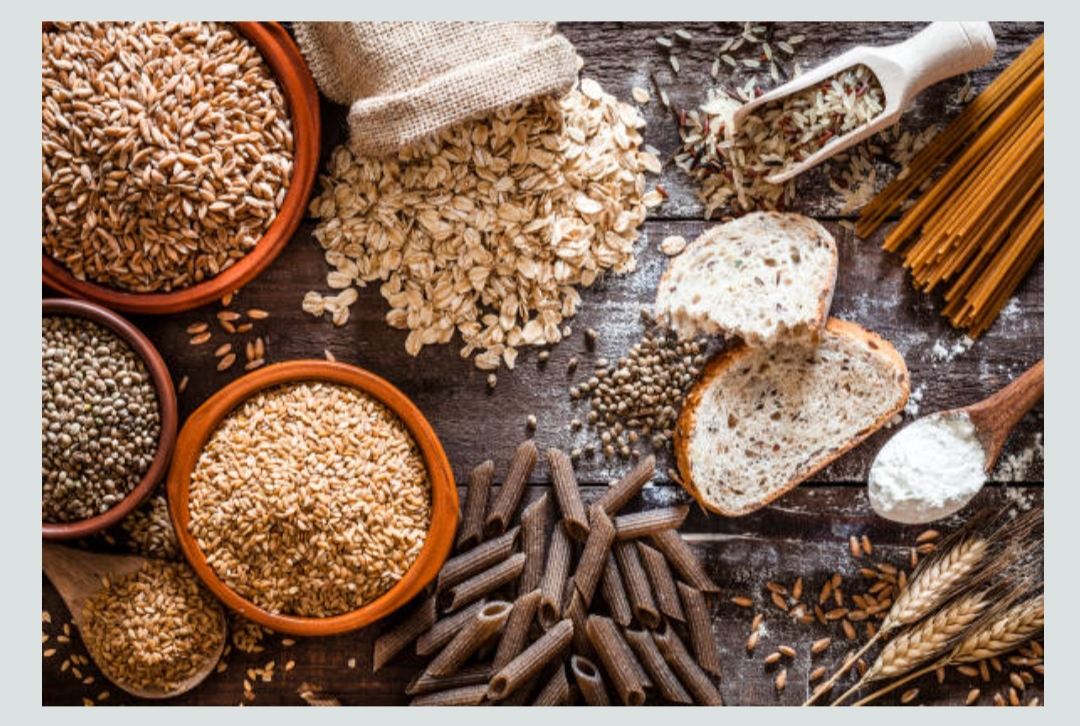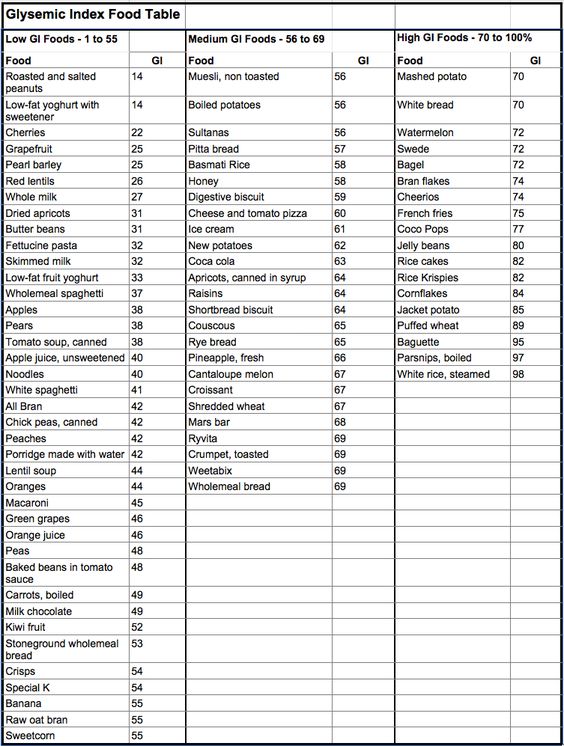Carbohydrates Counting
A Carbohydrates Counting is the break down into glucose, they have the greatest impact on blood glucose level and helps to control your blood glucose. You may need to learn to calculate the amount of carbohydrates you are eating so that you can adjust the dose of insulin accordingly. It’s important to keep track of the amount of carbohydrates in each meal or snack.

A dietitian can teach you how to measure food portions and become an educated reader of food labels. He or she can also teach you how to pay special attention to serving size and carbohydrate content. If you’re taking insulin, a dietitian can teach you how to count the amount of carbohydrates in each meal or snack and adjust your insulin dose accordingly.
Glycemic Index
Glycemic Index is the numerical index given to a carbohydrate-rich food that is based on the average increase in blood glucose level occurring in blood after the food is eaten. The higher the number, the greater the blood sugar response.
The Glycemic Index tells us how rapidly a particular carbohydrate turns into sugar.
The smaller the number, the less impact the food has on your blood sugar.
- 55 or less = Low (good)
- 56- 69 = Medium
- 70 or higher = High (bad)
Some factors that affect GI:
Processing (puffed cereals have a much higher GI than the grain they came from), ripeness of fruit (unripe bananas can have a GI of 43, where overripe ones have been clocked at 74), protein content (soy beans have a lower GI than other beans), fat content (peanuts have a very low GI), fiber (orange juice has a higher GI than oranges), and how small the particles are (whole grains have a relatively low GI, but grinding them into flour shoots up the GI).
Glycemic index is the scale that was created on a standard amount of carbohydrate per food (50 grams), it doesn’t give people information about the amount of food they are actually eating. This information too is important if we want to assess the true impact of carbohydrate consumption. For this reason, the concept of the glycemic load was created, which takes serving size into account.
Benefits of the Glycemic Index
Eating a lot of high GI foods can be harmful to your health as it pushes your body to extremes. As this is especially true if you are overweight and sedentary. Switching to eating mainly low GI carbohydrates that slowly trickle glucose into your bloodstream keeps your energy levels balanced and will feel fuller for longer between meals.
Low GI food have beneficial effect:
- people to lose and control weight
- increase the body’s sensitivity to insulin
- reduce the risk of heart disease
- improve diabetes control
- reduce blood cholesterol levels
- reduce hunger and keep you fuller for longer
- prolong physical endurance
- help re-fuel carbohydrate stores after exercise
GLYCEMIC LOAD
The glycemic load of a food is the glycemic index divided by hundred and multiplied by its available carbohydrate content (i.e. carbohydrate minus fibre) in grams.
For a diet with a lower glycemic load, eat:
- More whole grains, nuts, legumes, fruits, vegetables without starch, and other foods with a low glycemic index
- Fewer foods with a high glycemic index, like potatoes, white rice, and white bread
- Less of sugary foods, including candy, cookies, cakes, and sweet drinks
The concept of Glycemic load (GL)
Glycemic load (GL) was developed by scientists to simultaneously describe the quality (GI) and quantity of carbohydrates in a food serving, meal, or diet. The GL of a single food is calculated by multiplying the GI by the amount of carbohydrate in grams (g) provided by a food serving and then dividing the total by 100.
GLFood = (GIFood x amount (g) of available carbohydrate food per serving)/100
For a typical serving of a food, GL would be considered high with GL≥20, intermediate with GL of 11-19, and low with GL≤10. Using the above-mentioned example, despite similar GIs, one serving of watermelon has a GL of 8, while a medium-sized doughnut has a GL of 17. Dietary GL is the sum of the GLs for all foods consumed in the diet. All healthy food choices generally are not low-GI foods. For example, intermediate-to-high-GI foods like parsnip, watermelon, banana, and pineapple, have low-to-intermediate GLs.
For example, if we consider watermelon. Water melon has a high glycemic Index (about 72). However, a serving of 120g of watermelon has only about 6g of available carbohydrate per serving. So its glycemic load is pretty low i.e. 72/100 x 6 = 4.32.






